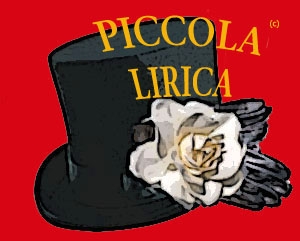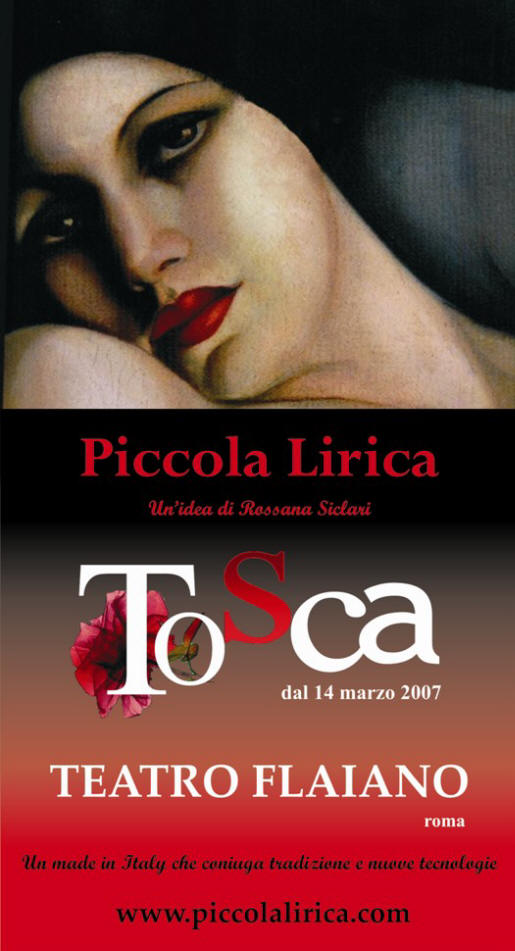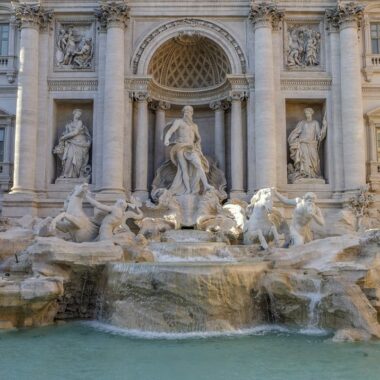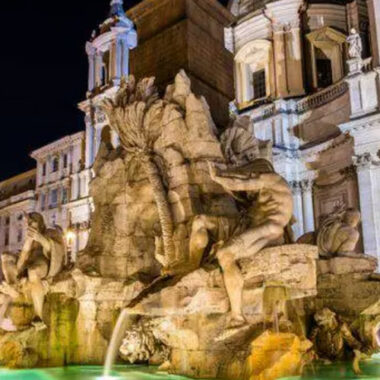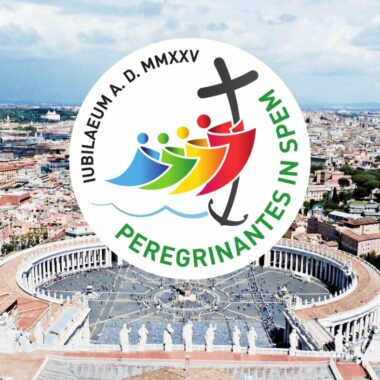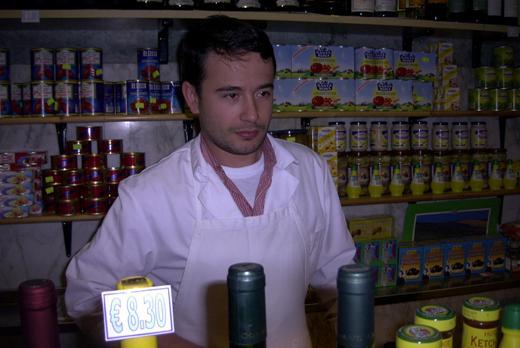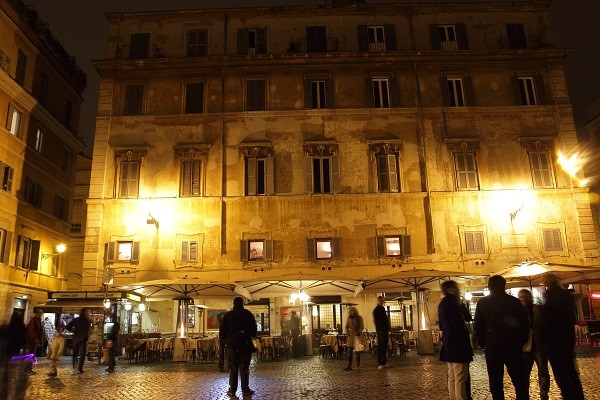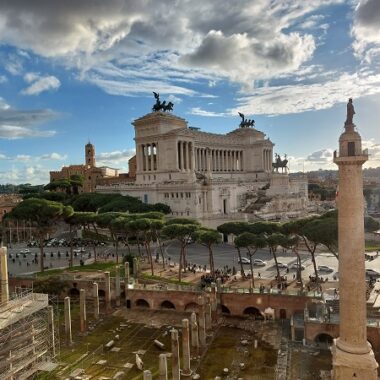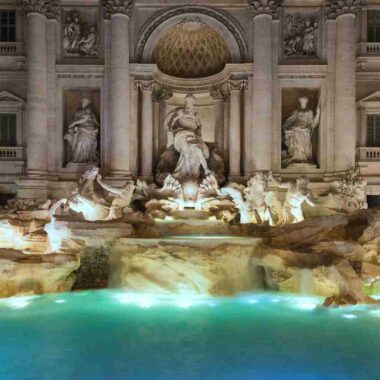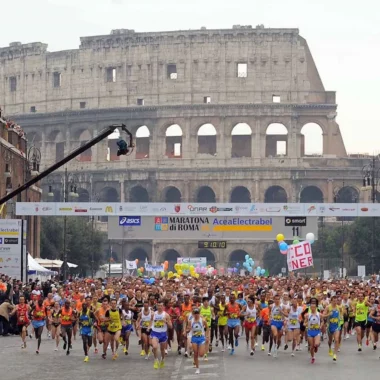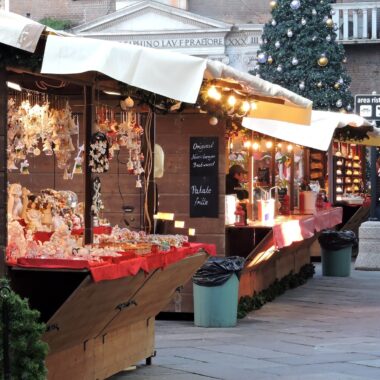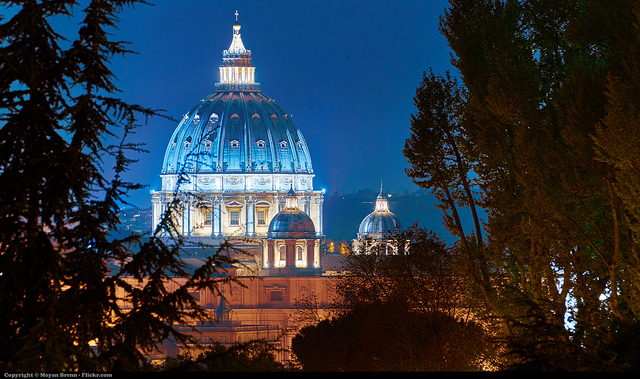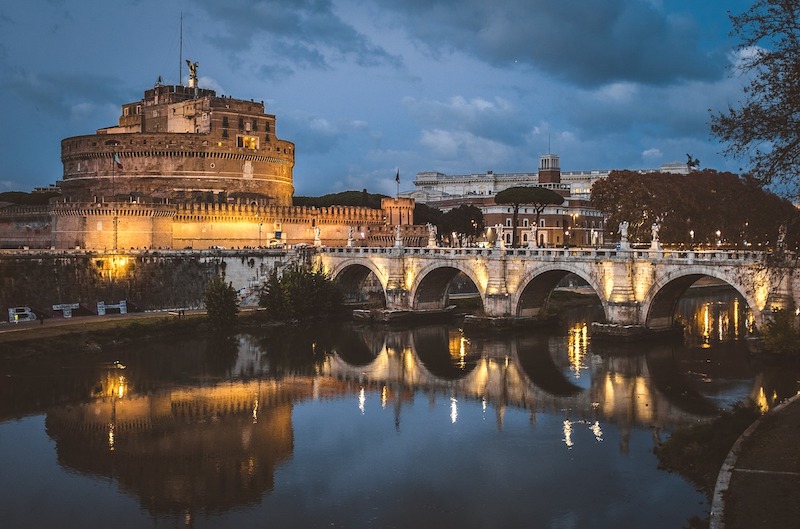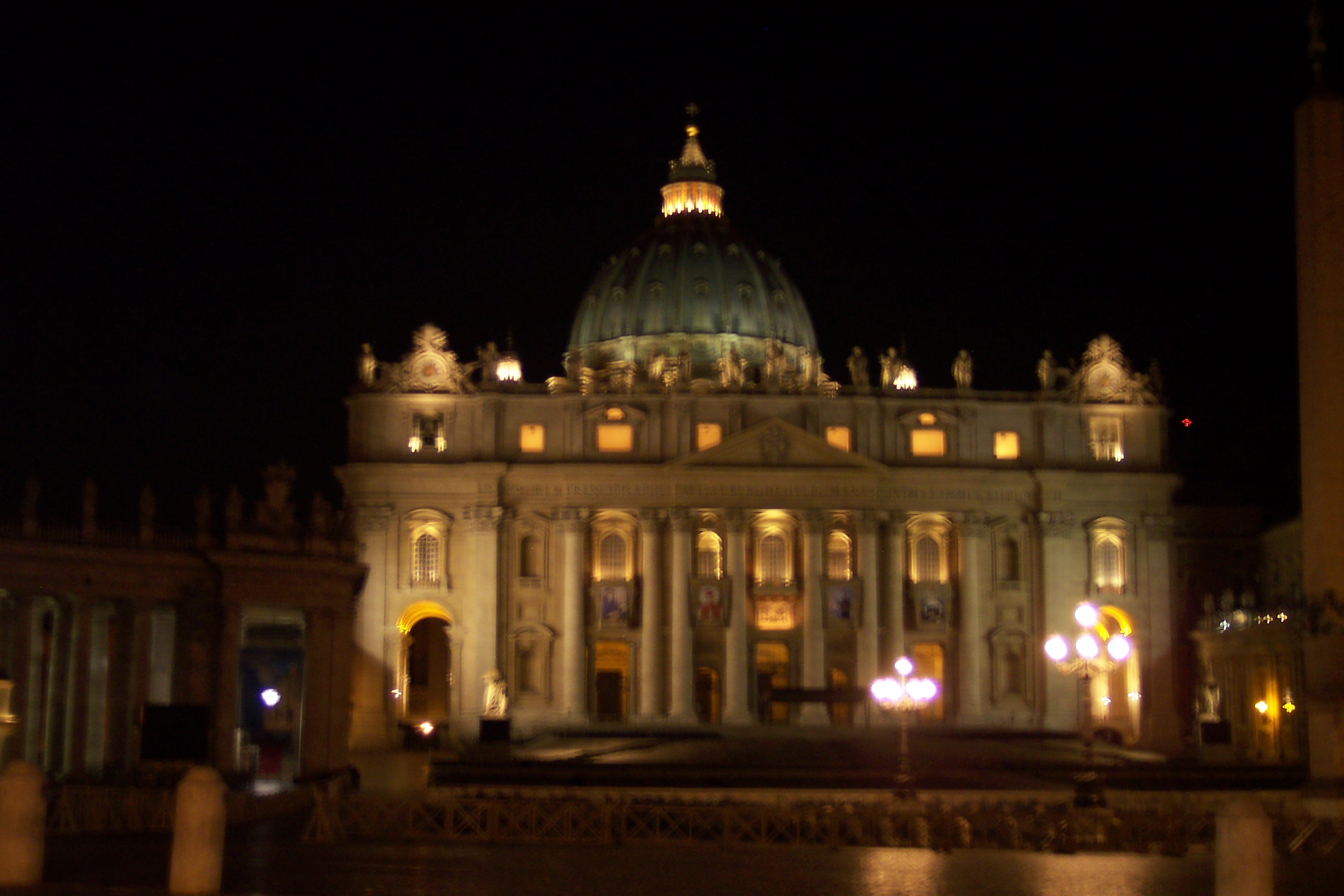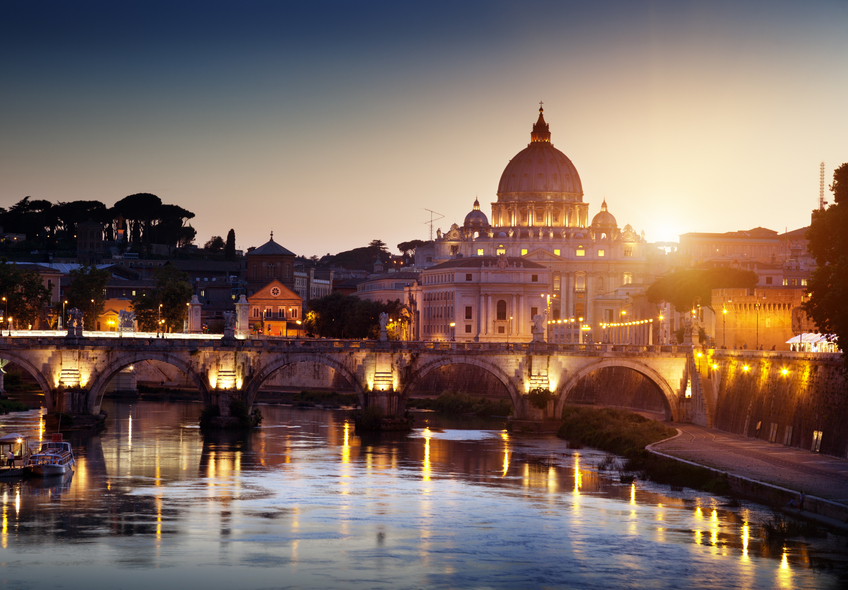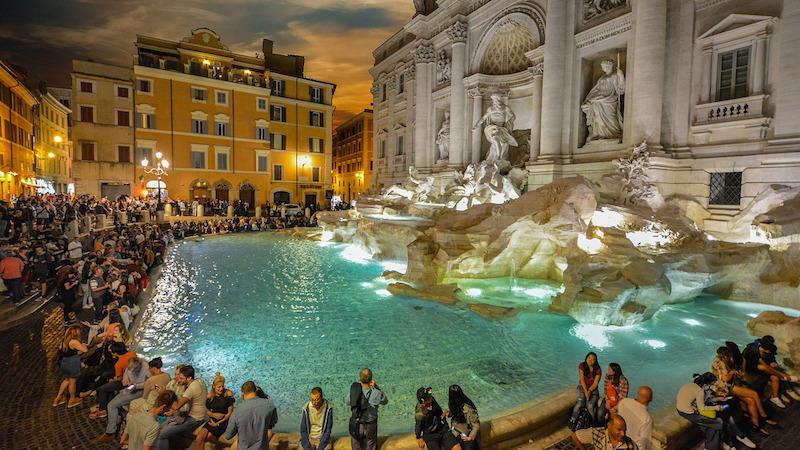The Shortened Opera (La Piccola Lirica) is an original formula of reduction, which without mutilating the opera of their arias and essential music, offers an agile and innovative reading of the most celebrated masterpieces of lyrical repertory.
The accurate adaptations which add historical suggestions and citations where they have apparently been removed, the creative direction which interprets and inserts significance, linking music to the theater, to the best, recitation with lyric song, movement with the scenes, set solutions to the vanguard which constitute a worthy framework, all of the above render the representation a small jewel enjoyable for the spectators of every age and class.
The reduced length of the representation (75 min. plus 15 min. interval) doesn’t mean that it results flatly simplified. On the contrary, the insertion of recited verses taken from literature works from which the librettists were inspired enriches the context with historical and profound suggestion, often furnishing information and motivation which slip away from the traditional limits of operatic language. These pocket-size versions of the most popular operas are and true theater representations with singers, actors, scenes, costumes, lights and music rigorously live.
Comparable in form to the cultural experience of “Shakesperian pocket-size” versions, but with the connotation of a third product in respect to the literary work, and the operatic lyric. Its orchestra, where an admirable union of the traditional musician with the digital technology and computer science systems come together, constitutes one of its greatest moments of strength. A quartet of musicians, prepared and directed by a teacher, executes LIVE musical scores which would require a complex of 60 or more elements in the traditional system.
Tosca opens in a church, where the artist Cavaradossi paints a Mary Magdalen portrait while dreaming of his lover, Tosca, a famously passionate singer. Suddenly the escaped political prisoner Angelotti staggers in, on the run from the savage police chief Scarpia. When Tosca arrives and overhears the two men talking, she is devoured with suspicion that Cavaradossi has another lover, but the painter soothes her and hides Angelotti. The angry Scarpia bursts in, hot on the escapee’s heels and burning with lust for Tosca. Sizing up the situation, he schemes to make the jealous singer betray her lover’s secret.
Cavaradossi is arrested and brutally tortured, blackmailing Tosca into revealing Angelotti’s whereabouts. Scarpia demands Tosca’s favors as payment for her lover’s life, but the agonized Tosca meets his embrace with a fatal knife thrust. Joyfully, she goes to free Cavaradossi, but Scarpia’s final cruel artifice leads her instead to witness her lover’s execution. As the police pursue her, Tosca throws herself from a parapet to her death.

